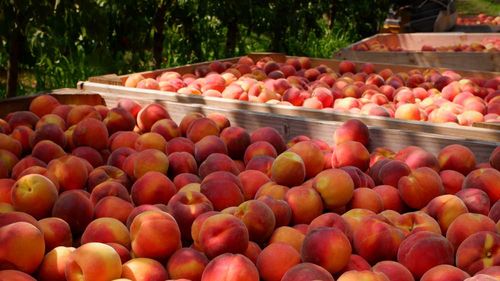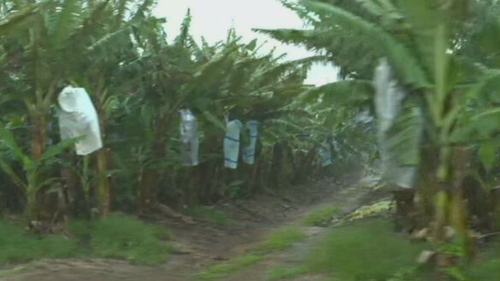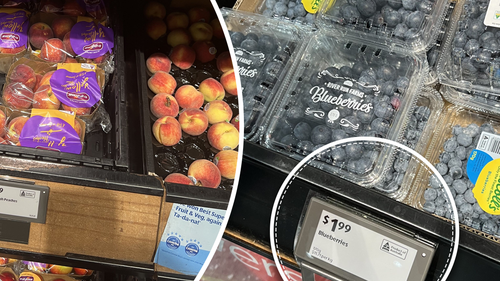Summerfruit Australia CEO Trevor Ranford said stone fruit growers will lose “millions of dollars” because of the damaged crop, especially in Victoria’s Swan Hill and Shepparton regions, and South Australia’s Adelaide Hills.

While Victoria usually produces around 75 per cent of Australia’s stone fruit, much of the state’s peaches, plums, nectarines and apricots were ready for picking when the rain hit, causing fruit skin to split and rot, said Ranford.
Growers will salvage what they can but much of the fruit will be unfit for sale and go to waste, with some growers losing 50 per cent of their crops, said Ranford.

“The general consumer is not going to pay $16 a kilo for plums and you can be assured that the grower didn’t get $8 a kilo for those plums.”
“We are requesting that retailers be supportive of growers in these difficult times and not push prices up to make it unrealistic because ultimately the higher the price, the less desire for the consumer to buy.”
“These weather conditions are adding additional pressures and I think there are growers who will be contemplating their continued involvement in the industry,” he said.

Dried Fruits Australia’s Chairman Mark King said some sultana growers in South Australia’s Riverland region will lose up to 80 per cent of their crops, with less Australian dried fruit to reach supermarket shelves.
King said he will not be harvesting his damaged sultana crop this year in Pomona near Darling River, NSW, as the cost of labour is not worth the low profits for the damaged fruit.
“Instead of getting over $2000 a tonne for it, you might only get $700 to $800 a tonne for it,” he said.
Coles and Woolworths said they still expect a good supply of stone fruit and dried fruit in stores despite the recent wet weather and did not comment on future pricing.
“At this stage we don’t expect there will be any major impact to stone fruit or dried fruit availability or quality,” a Coles spokesman told 9News.com.au.





